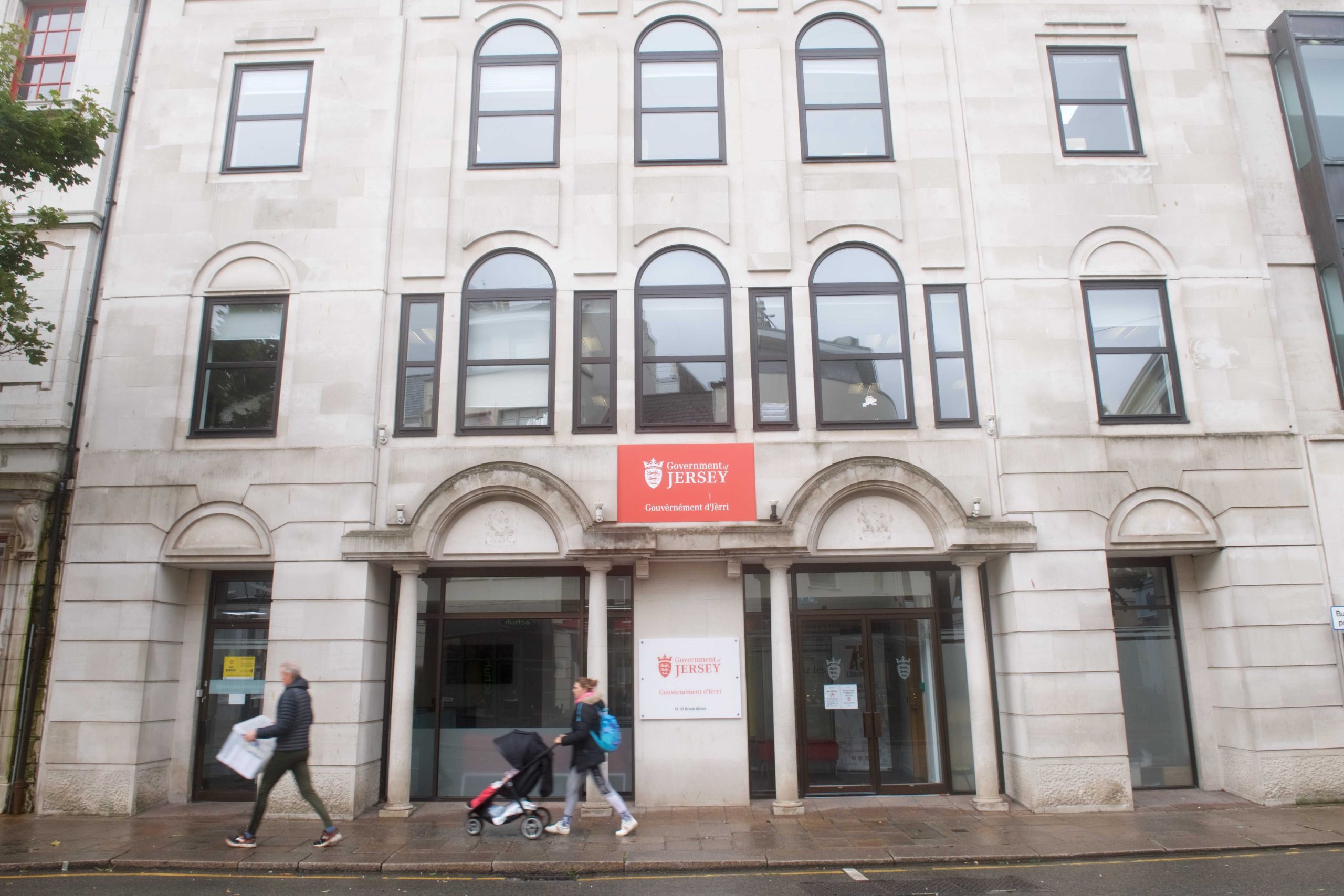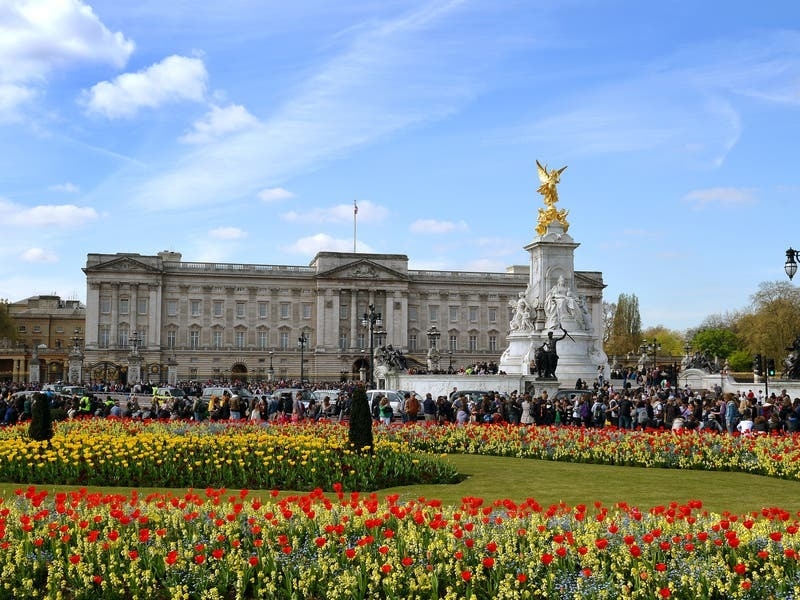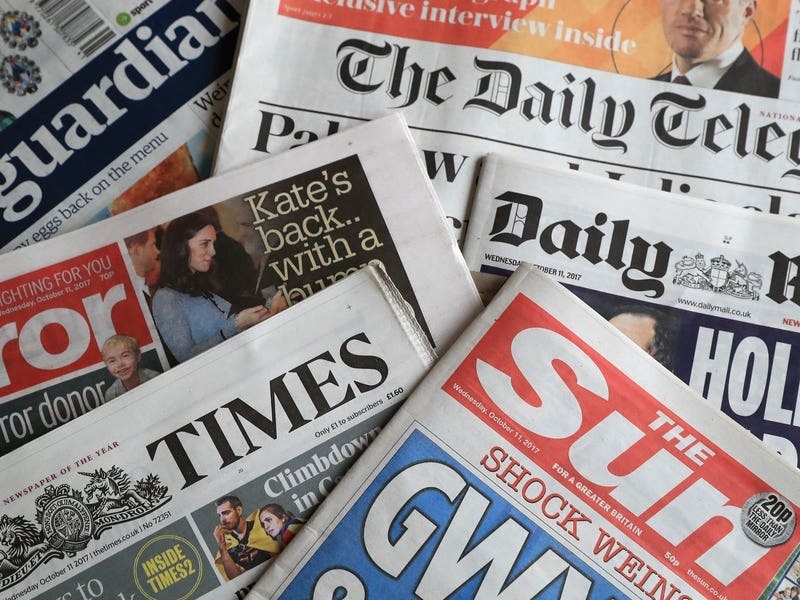THE size of the government continues to swell with 431 more civil servants employed last year and staff costs increasing by £35 million to more than £500m, new figures have revealed.
The number of civil servants has grown by more than 1,000 since the launch of former chief executive Charlie Parker’s OneGov plan in 2018 to save money and slim down the size of government.
He said at the time that ‘there will be casualties’ but pledged that these would lead to staff savings of more than £1m a year.
But the size of the government has gone in the opposite direction, as its annual accounts for last year – published yesterday – reveal.
The civil service expanded to 7,904 people over the year, or 7,147 ‘full-time equivalents’, which takes into account part-time workers – the largest headcount ever.
Key features of the government’s accounts for last year include:
– General revenue income was £1.03 billion (£998m in 2021) while expenditure was £873m (£888m in 2021).
– The government spent £512m on staff costs, £35m (7%) more than 2021.
– The government wage bill in 2022 was £436m, compared to £403m in 2021, an 8.4% increase.
– 147 people earned £150,000 or over, compared to 119 in 2021 – a 23% increase.
– There was a total of 27 individuals who received £737,487 in severance and ex-gratia payments between them in 2022.
– The biggest spending department was Health (£247m, up 8% on 2021) followed by Education (£176m, up 12%) and Customer and Local Services (£92m, up 1%).
Addressing the issue of the expanding civil service, Treasury Minister Ian Gorst said: ‘We know when expenditure increases, most departments will increase their headcount, and I have long been a strong believer in managing expenditure.’

Writing in the introduction to the annual report, outgoing chief executive Suzanne Wylie said that the extra staff were providing essential services. ‘There has been an increase in the number of public servants between 2021 and 2022; the vast majority of these posts relate to key service delivery demands and moves to fill vacant posts,’ she wrote.
The annual accounts for last year show that government income was better than expected, with general revenues – principally made up of tax receipts, duties, dividends and chargeable services – topping £1bn for the first time.
Expenditure of £873m was lower than forecast because the government did not have to spend as much on the Covid pandemic as it had expected to.
Deputy Gorst said: ‘The new Council of Ministers came in last summer and very quickly we had to draft a Government Plan for this year. That meant we had no time to complete the substantial amount of work around our Value for Money programme, so I expect we will see the same level of headcount in 2023. The challenge for us is what we are going to do in 2024 and beyond.
‘Headcount and recruitment policies are ultimately within the remit of the States Employment Board but we are trying our best to manage the existing headcount and not increase it.’






